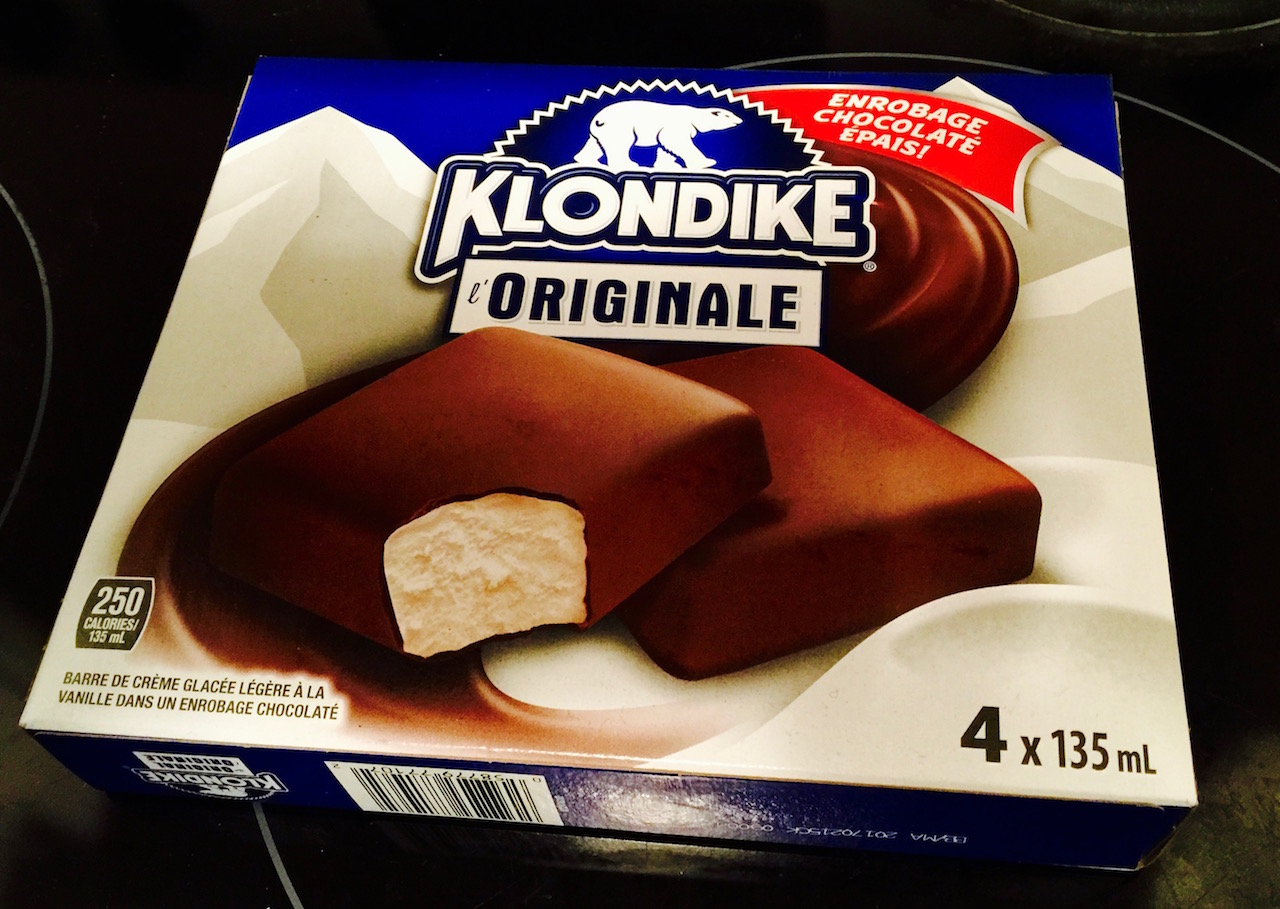This November 7th Twitter announced it’s doubling the character limit from 140 to 280. It wasn’t that long when 140 characters seemed like a barrier as I typed my first notes in 2007. And as time flew, I accepted the challenge of emitting my views with limited use of words albeit using more tweets. In the process, I also became deft at using English terms. It was fun but that wasn’t the only thing I liked about the restraint of Twitter’s ABCs. Comprehending the emotions of my counterparts was also painless, whether a friend’s happy event, an unfortunate tragedy, or an outrage on some political news. I cannot ignore the diverse forms of outraging on Twitter with humour or insulting language and mindless obscenity. At times for good reasons, sometimes frivolous but mostly done for a harmless banter presumably. Regardless of the personal motives let’s applaud Twitter for doubling the characters. It’s a welcome change even if it increases the length of our tweets at least our views & interests would be communicated instantaneously and not in multiple pieces. Here’s to more tweeting with 280 then!
My take on moving from 140 to 280 chars on Twitter:
– It’ll take some time to read a tweet now.
– Although, it’ll take less tweets to state your views.
– And it’ll make it compelling for users to use all 280 chars.— Bhooshan Pandya (@Bhooshan) November 8, 2017

